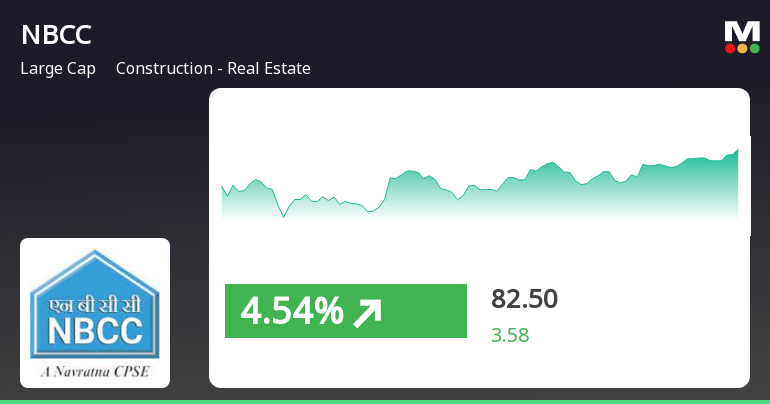In the rapid world of trading stocks, people always look to maximize their returns as well as have a well-informed decision in the process. This guide discusses some of the key strategies like options trading and technical analysis to understand the stock market effectively.
Understanding Stock Trading Basics
Stock trading is the purchase and sale of shares of public companies to leverage the price action. Investors have several options for trading, which include day trading, swing trading, and options trading. Every trading strategy involves risks and benefits, so understanding your risk appetite and investment goals is crucial.
The All-Powerful Options Trading
Options trading provides investors with a unique opportunity to profit from stock movements without owning the underlying shares. The purchase of options contracts allows traders to speculate on price changes, hedge against losses, or enhance their investment returns. For example, if you believe that the stock of a company will increase, you may buy a call option, which enables you to purchase shares at a predetermined price. This strategy can amplify gains while limiting potential losses.
Delving into Technical Analysis
Technical analysis refers to the process of analyzing the history of price and volume in forecasting future price movements. It makes use of chart patterns, indicators, and trend lines for identifying entry and exit points. The Relative Strength Index is a common tool that assists traders in finding overbought or oversold conditions of a stock. Once you learn technical analysis, you can take more informed trading decisions and thus increase the possibility of being successful.
Candlestick Patterns
Stock price movements can be represented with the help of candlestick charts. Each candlestick is associated with a specific time period and contains information on opening, closing, high, and low prices. Candlestick patterns, including doji or hammer, indicate market sentiment and possible reversals. For instance, a doji pattern may indicate indecision in the market, thus the possibility of reversing the trend.
Sentiment Indicators
This section incorporates the use of sentiment indicators.
Besides the technical analysis, indicators of sentiment estimate the general feelings of market players. Tools, such as Put/Call Ratio or VIX (Volatility Index), allow one to track the appetite for risk of the market. A very optimistic atmosphere may indicate that the market has reached a critical point and might correct, and vice versa-the extreme pessimistic atmosphere may provoke a buying activity. The knowledge of sentiment is a powerful additional tool in developing a trading strategy.
Trading Plan Construction
A well-defined trading plan is very important for success in stock trading. Your plan should outline your investment objectives, risk tolerance, and strategies for entry and exit points. You should review and adjust your plan regularly based on market conditions and performance to keep you on track and achieve your goals.
Continuous Learning and Adaptation
The stock market remains dynamic, often responding to updated economic data or corporate earnings besides global events; hence, every investor needs time for continuous improvement. Some top ways to trade knowledge and techniques include educational webinars, which can be streamed live, educational resources, current market news among others. For a trader who is flexible, then the more recent strategies and devices may improve better trading performance.
In conclusion, it is a perfect blend of knowledge, strategy, and discipline in mastering stock trading. Understanding options trading, technical analysis, and sentiment indicators allows you to make informed decisions aligned with your investment goals. The journey to becoming a successful trader is never-ending, so enjoy the learning process and be ready to adapt to changes in the market.










